When Bentley decides to revive a name from its history, it carries meaning. The return of the Supersports badge marks one of the most important steps the company has taken in years — a moment that reconnects Bentley with the pure thrill of driving. But rather than recreating the past, the new Supersports looks forward. It blends Bentley’s craft with a sharper, more focused personality that stands apart from anything the brand currently makes.
The first Bentley Super Sports dates back to 1925, when the company built a car that pushed through the 100mph (160kmph) barrier and helped define the idea of a fast, long-distance cruiser. A hundred years later, Bentley revisits that spirit with even greater intention. The 2026 Supersports is lighter, more responsive and built around the bond between driver and machine.
At the centre of the car is a 4-litre twin-turbo V8 engine without the hybrid tech from the new standard Continental. In the Supersports, it produces 657bhp and 800 Nm of torque, which is down from 771bhp and 1000NM, but unline the std Conti, this car sends all of its power only to the rear wheels. This gives the Supersports a more traditional sports-car feel, making the driving experience more direct. The eight-speed DCT gearbox shifts smoothly when cruising, but becomes faster and more precise when the driver asks for pace, thanks to the different drive modes. Thanks to its power and reduced weight, the Supersports can reach 100kmph in roughly 3.7 seconds, with a top speed of about 310kmph. The Supersports rides on 22-inch forged items designed in collaboration with Manthey Racing, with the largest automotive braking system on the market nestled within them – 440mm and 410mm carbon ceramic discs can be found front and rear, with ten- and four-piston calipers respectively. Pirelli P-Zero tyres are standard-fit but buyers can option sticky Trofeo RS rubber at a cost to allow for a 30 per cent improvement in cornering speed over a GT Speed.
A major part of the Supersports’ personality comes from its weight reduction. Bentley replaced many heavier materials with lighter ones, including a carbon-fibre roof that lowers the car’s centre of gravity. Even the rear seats have been removed — replaced with a beautifully sculpted panel — to save weight and give the cabin a more focused feel. The result is a car that's over 500kg lighter than the standard Continental.
The exterior design reflects this new purpose. The front of the car features openings that help direct air to key areas, while the sides and rear use sharper shapes to control airflow cleanly. A fixed rear wing adds stability at speed and completes the car’s fast, confident stance. It gives it 300kg of downforce. The Supersports remains unmistakably a Bentley, but one with noticeably more attitude.
Inside, the cabin is built entirely around the driver. There are only two seats, with the rear seats replaced by carbonfibre elements contributing towards that 500kg weight delete. The materials blend comfort and simplicity — smooth leather, soft technical fabrics and detailed stitching that reflect the craftsmanship Bentley is known for. The space where the rear seats would normally be is now a clean, sculpted surface that gives the interior a purposeful, uncluttered feel.
Bentley will build only 500 examples of the Supersports. Each car will be numbered, and owners can personalise paint colours, interior finishes and material combinations. Deliveries will begin in early 2027. Though Bentley is moving towards a future of electrification and new technologies, the Supersports shows the brand still deeply values the emotional side of driving. It is not simply the most engaging Bentley ever built — it is a reminder of what makes driving special in the first place.




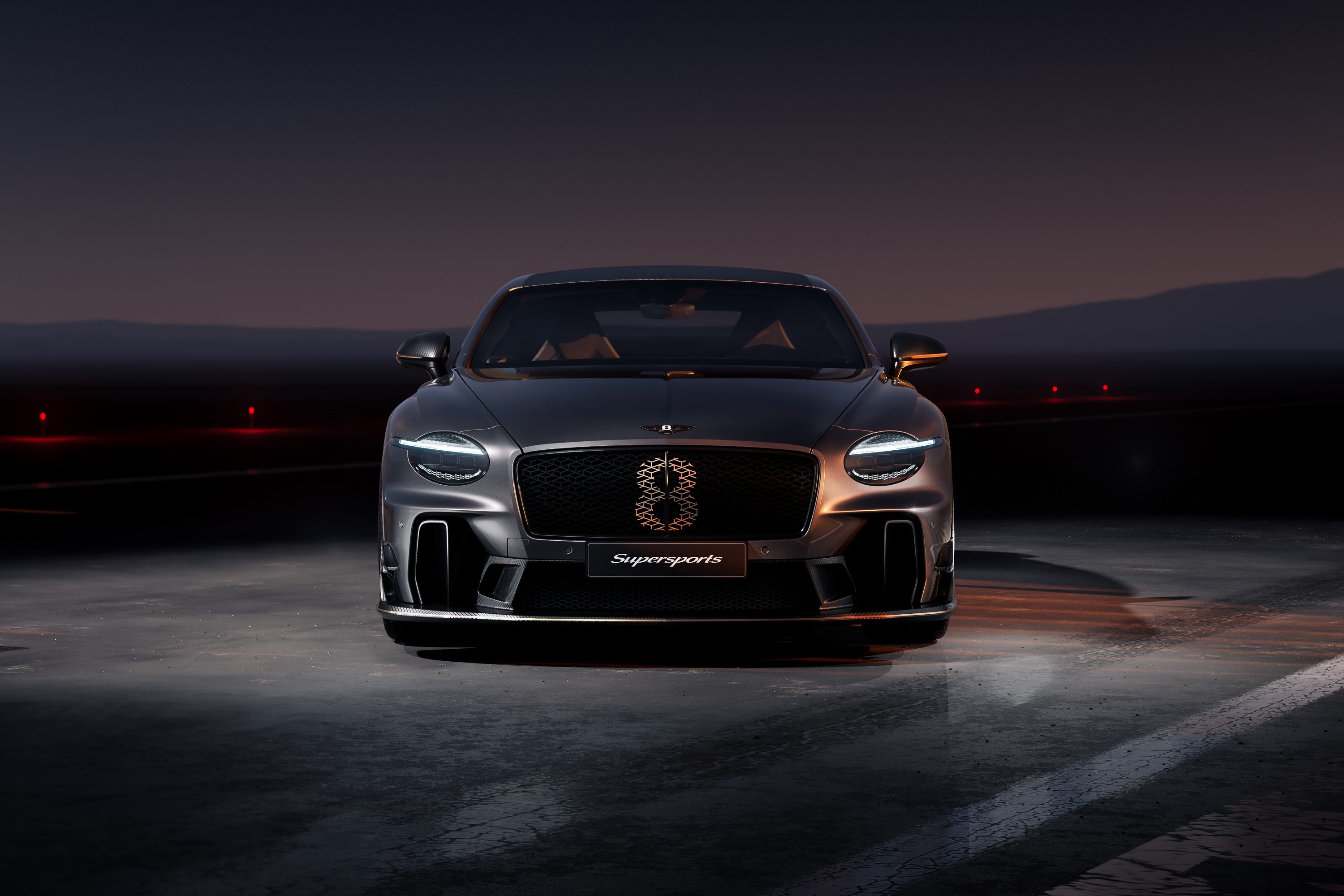
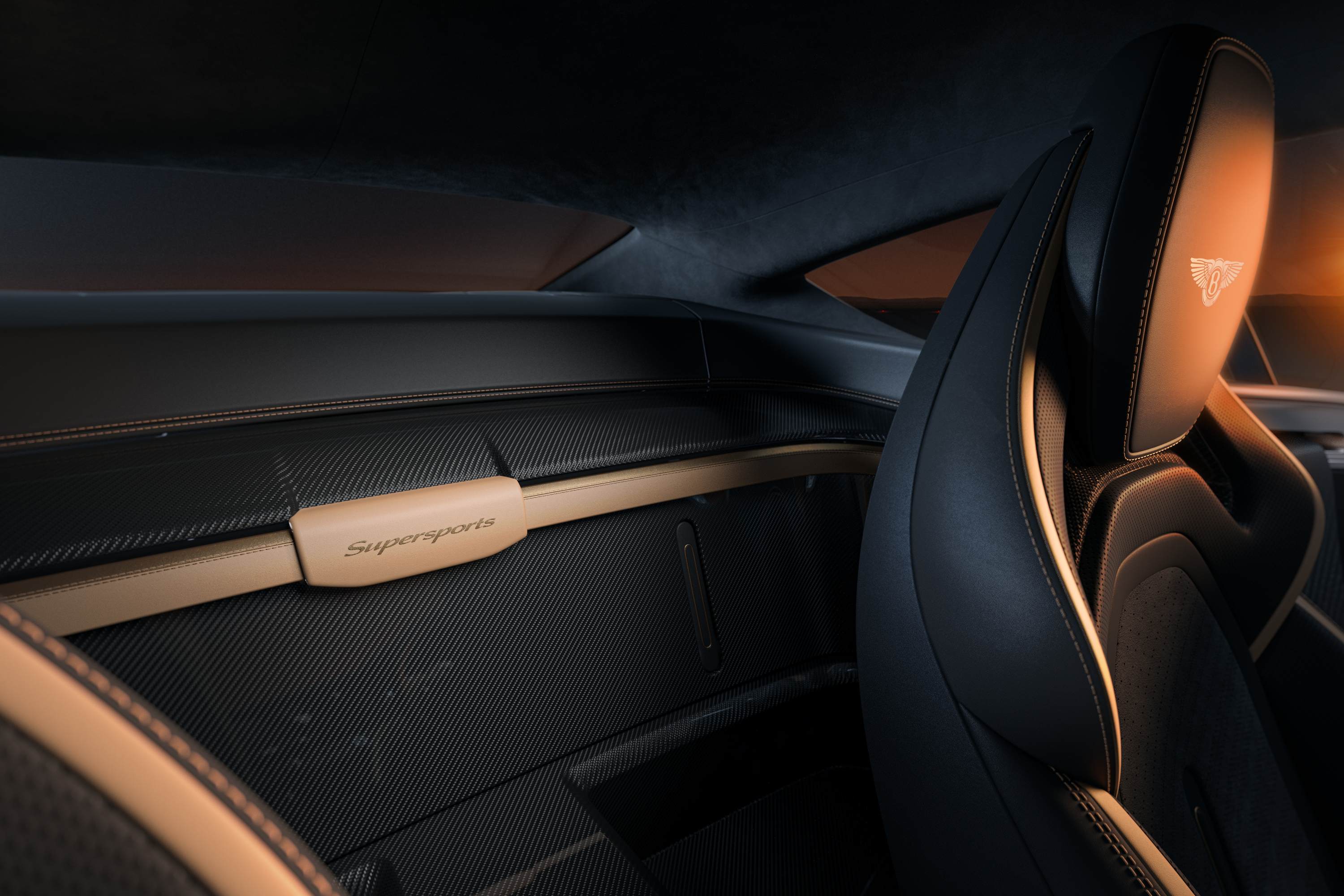
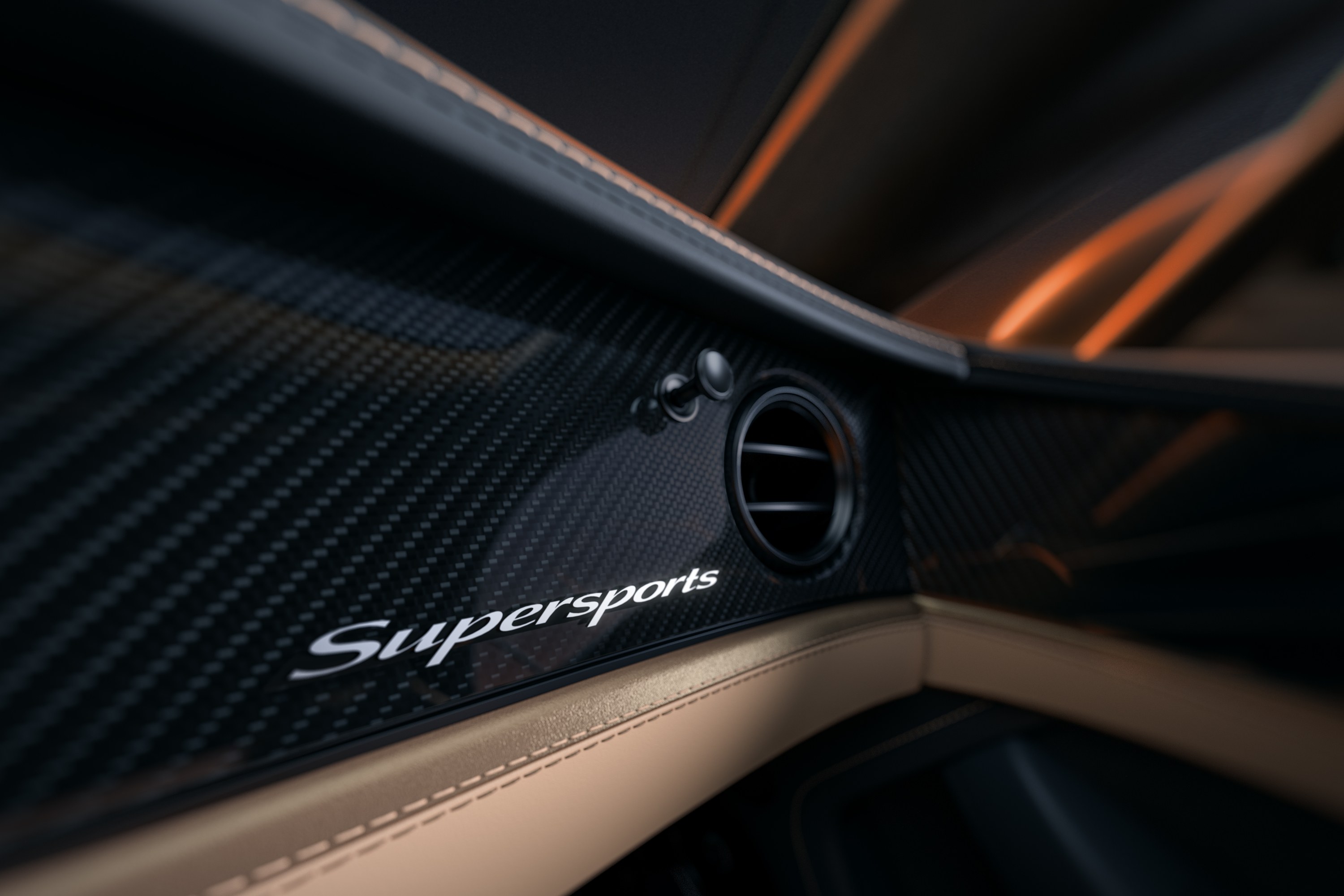


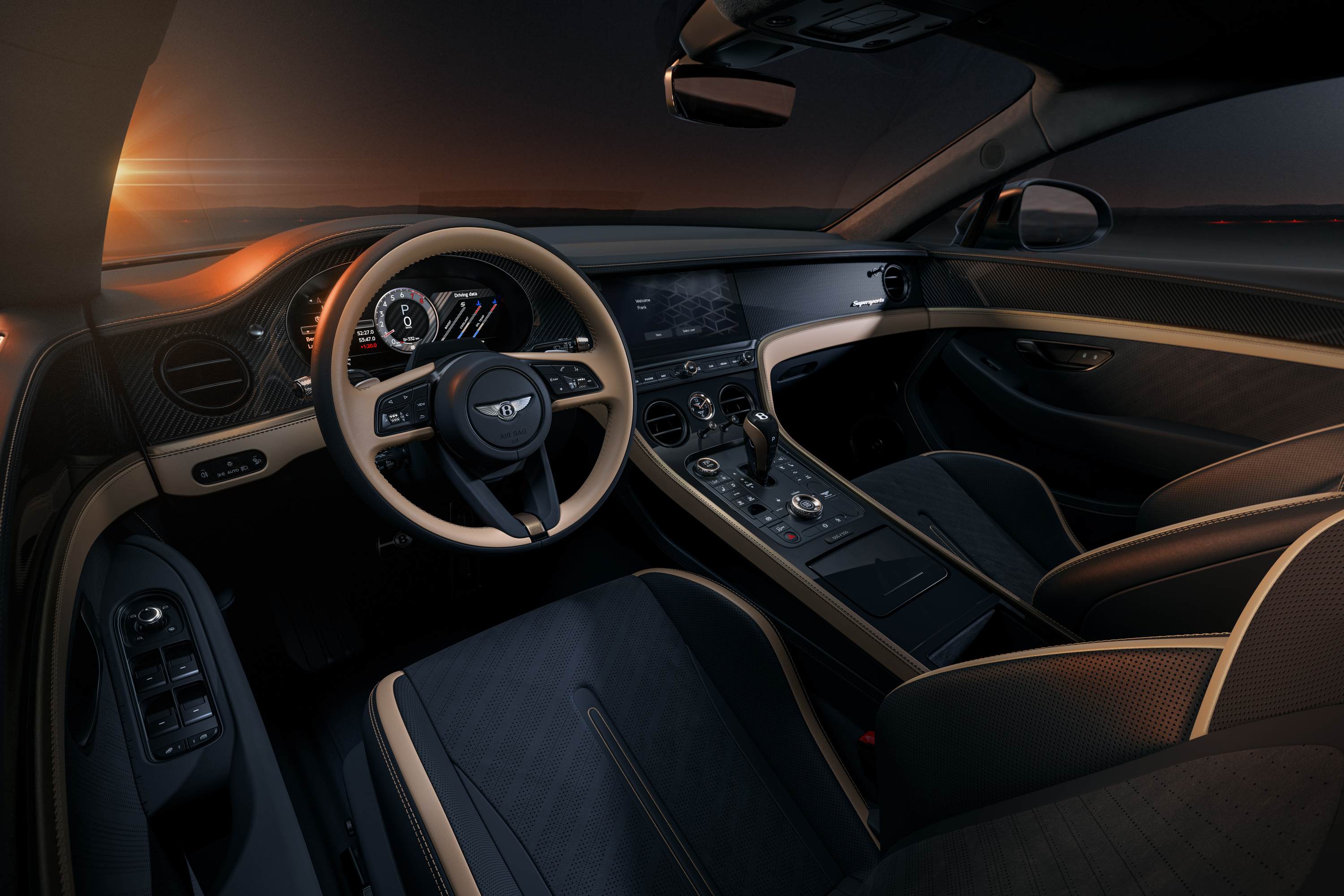
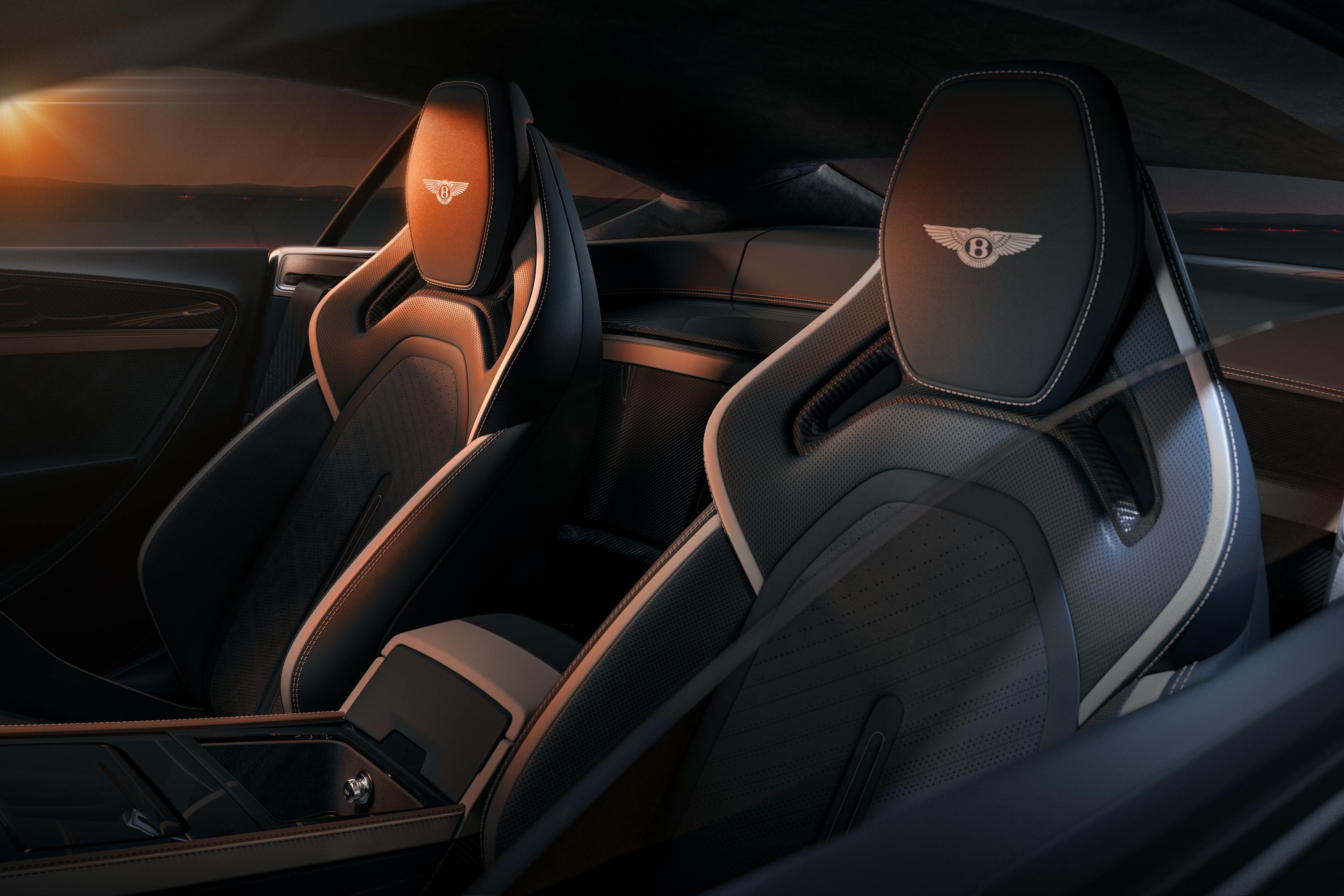
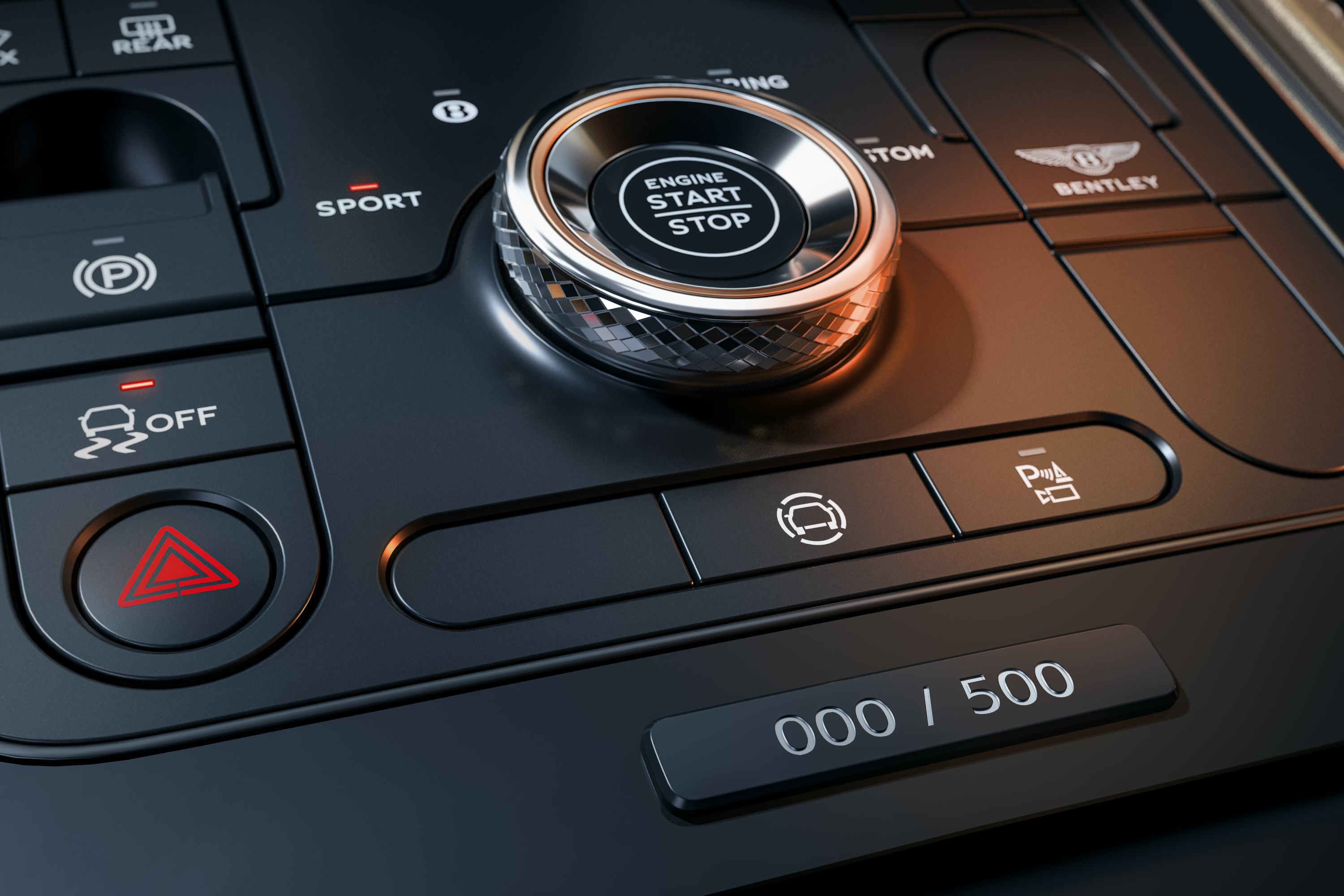




.jpg)